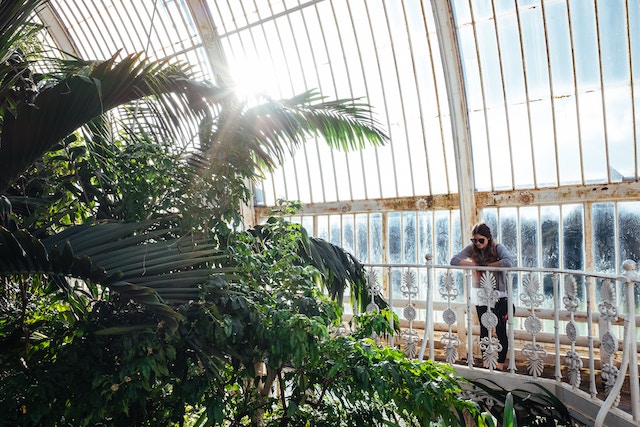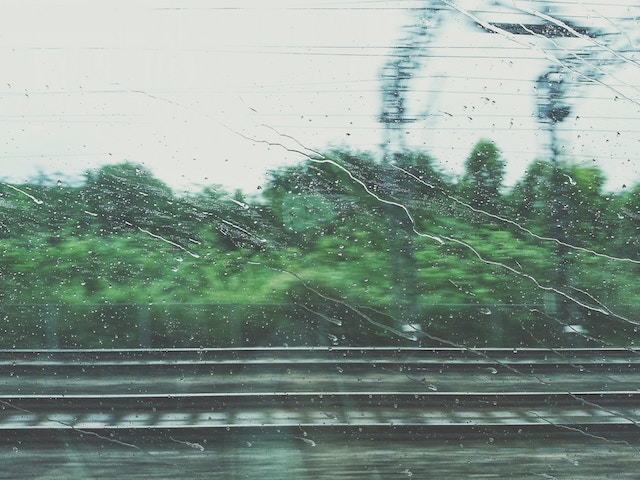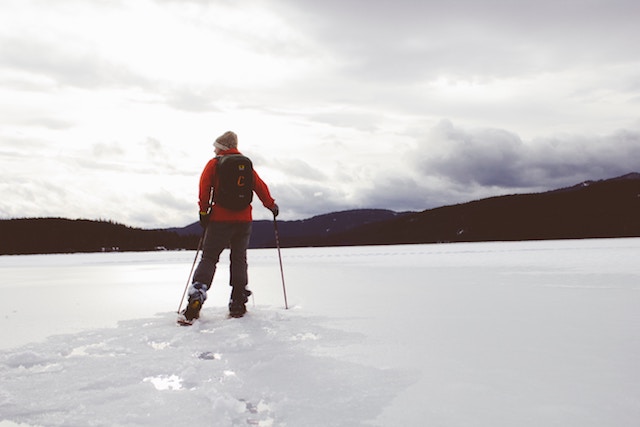If you thought that the era of living in caves is in the past, you’re in for a surprise. The truth is that, nowadays, many people choose caves as their…
If you thought that the era of living in caves is in the past, you’re in for a surprise. The truth is that, nowadays, many people choose caves as their living space and customize them according to their needs.
When you ask the inhabitants what drew them to this way of living, you will usually get similar responses. They will tell you this is the perfect way to connect with nature, but still be a part of the civilized world. Also, when you think about it, there’s something special about actually living in the Earth, instead of on top of it.
Even if you wouldn’t consider becoming a cave dweller yourself, you’re probably curious about this lifestyle choice. You might want to see the interior design and the layout of these unique houses.
We’ve prepared a list of certain cave homes in Europe that you can actually visit and experience in person!
Living In a Cave – Europe’s Unusual Homes
Matera, Italy

This 9,000-year-old city is a truly remarkable spot. The UNESCO World Heritage site was once swallowed by poverty and disease, but it managed to rise from the ashes. Today, it is a growingly popular tourist destination and is even set to be the European Capital of Culture in 2019!
From afar, the town almost looks haunting. But when you get closer, you’ll be able to see the spectacular caves transformed into private homes, hotels, restaurants or even art museums.
What once was known as the “shame of Italy” is a stunning location that attracts movie directors alongside the curious visitors.
If you’ve ever seen Pier Paolo Pasolini’s The Gospel According to St. Matthew or The Passion of the Christ directed by Mel Gibson, this is where they were filmed!

Almost everyone agrees that the best way to get to know Matera is to simply allow yourself to get lost in it. Wander through its little alleys and discover all the hidden gems it has to offer. If you’ll feel more comfortable with a guide, you can sign up for one of the walking or cycling tours.
To really get in touch with the town’s cave culture, pay a visit to some of its churches. Our recommendations are the Chiesa di Madonna delle Virtù and Chiesa di San Nicola dei Greci churches. Also, don’t miss the Cripta del Peccato Originale (Crypt of Original Sin), often referred to as the Sistine Chapel of cave churches.
If you’d like to enjoy the well-known spirit of southern Italy with a twist, Matera is the place to be. The charming town leaves no one indifferent!
Guadix, Spain

Even though this might look like many other Spanish towns at first, wait until you visit the Barrio de las Cuevas neighborhood. Today, with around 2,000 inhabited caves, this is the largest cave complex in Europe.
The people who live in these caves are very friendly and will often let you into their homes. They understand that the visitors are curious and sometimes they’ll invite you in even if you didn’t ask. It’s fascinating to see how they actually live and function on a daily basis.
Don’t be surprised if some of the homes look quite luxurious compared to their outside appearance. It’s not uncommon for them to have marble floors, microwaves or a stable internet connection. The people have turned the caves into modern, 21st-century houses, although it might not seem like it at first.
You can choose to stay in a “normal” hotel inside the city, or you can rent a cave and experience the interesting lifestyle firsthand. Whatever you choose, you’ll definitely feel like a local, even if it’s only for a couple of hours.
Loire Valley, France
The picturesque countryside is the epicenter of the troglodyte lifestyle in France, with around 45,000 cave homes in total. What’s interesting is how it all even came to be.
The local stone, known as tufa, was used to build the chateaus and churches across the Loire Valley in the 11th century. So, the people decided to use the full potential of the circumstances. They would sell the stone and create homes in what remained after the mining.
Many caves were completely abandoned by the 20th century but then revamped in the recent years. Other than serving as private homes, caves are now being turned into hotels, wineries and even underground mushroom farms.
One of the most visited cave homes of the region is the Chez Hélène-Amboise Troglodyte. Believe it or not, the cave near the town of Amboise was bought by a young couple for only 1€!
After a long process of renovating, the house is now completely modernized, but it still has a rustic vibe. You can rent a room and the couple, who also lives there, will make sure your experience is unforgettable.
The entire Loire Valley is lined with B&B’s and cave homes available for rent. The traditional French charm may even persuade you to stay here for good!
Santorini, Greece

One of the most prestigious summer destinations is the Greek island of Santorini. Its white, blue-domed houses and churches are recognizable everywhere around the world. However, it is less known that Santorini offers an abundance of cave houses, known as yposkafa or iposkafa.
Even though they aren’t considered to be naturally-made caves, they are carved into cliffs, which makes them essentially the same. Just like in the Loire Valley, they were built by poorer residents.
The yposkafa all have similar characteristics: narrow façades, great depth, and no side windows. What makes them less claustrophobic is the fact that the walls are usually white, which visually enlarges the space.
Something you’ll notice as soon as you step in is that the temperature inside the house is always pleasant, even if it’s hot outside. So, sleeping in an yposkafa on a scorching summer day is an unmissable experience.
Today, most of these houses are available for rent, since Santorini’s main income comes from tourism. You will mainly find them in Oia, Vothonas, Karterados, and Pyrgos.
If you’re willing to spend a bit more, treat yourself by renting out an yposkafa with a jacuzzi and enjoy!






